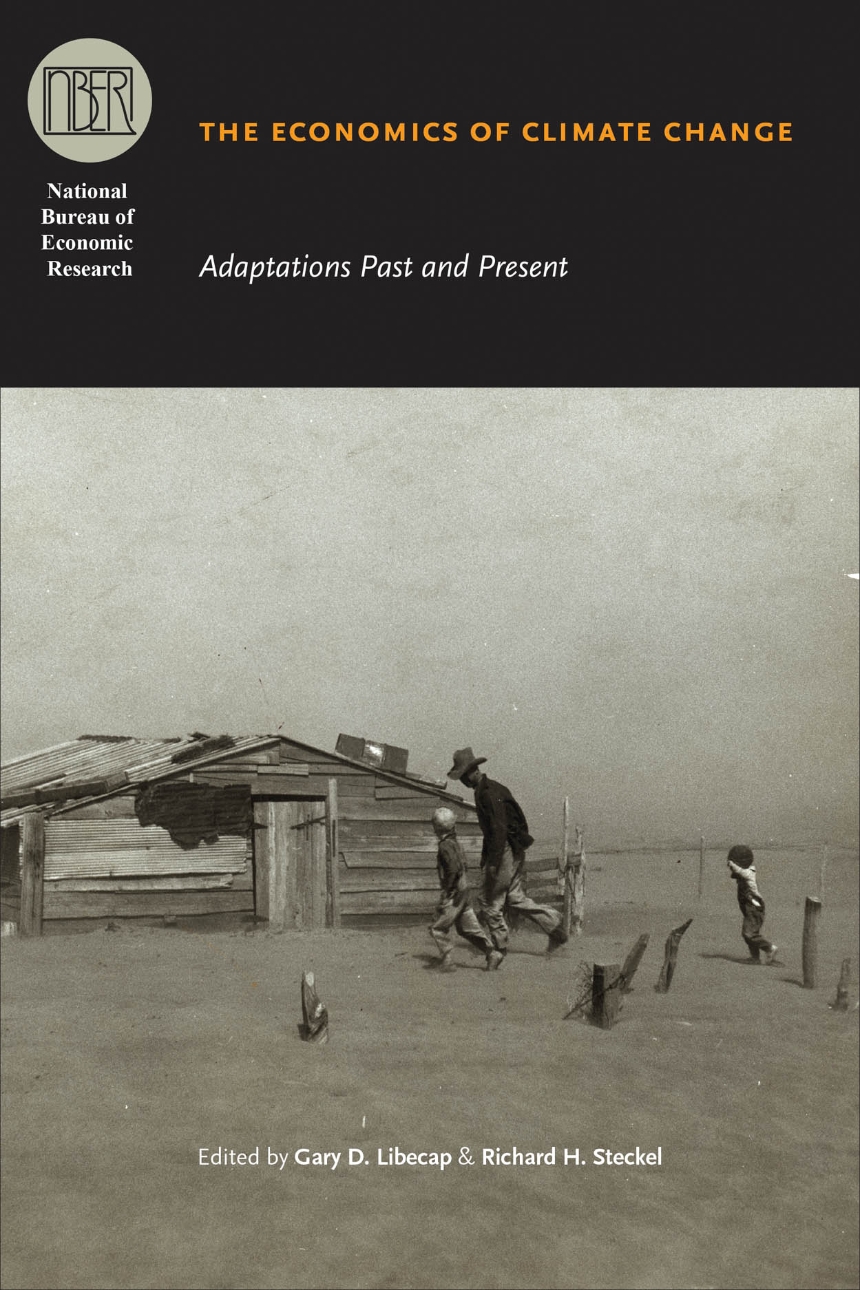The Economics of Climate Change
Adaptations Past and Present
While debates over the consequences of climate change are often pessimistic, historical data from the past two centuries indicate many viable opportunities for responding to potential changes. This volume takes a close look at the ways in which economies—particularly that of the United States—have adjusted to the challenges climate change poses, including institutional features that help insulate the economy from shocks, new crop varieties, irrigation, flood control, and ways of extending cultivation to new geographic areas. These innovations indicate that people and economies have considerable capacity to acclimate, especially when private gains complement public benefits. Options for adjusting to climate change abound, and with improved communication and the emergence of new information and technologies, the potential for adaptation will be even greater in the future.
368 pages | 86 line drawings, 3 halftones, 47 tables | 6 x 9 | © 2011
National Bureau of Economic Research Conference Report
Earth Sciences: Environment
Economics and Business: Economics--History
History: American History
Table of Contents
Gary D. Libecap and Richard H. Steckel
1. Additive Damages, Fat-Tailed Climate Dynamics, and Uncertain Discounting
Martin L. Weitzman
2. Modeling the Impact of Warming in Climate Change Economics
Robert S. Pindyck
3. Droughts, Floods and Financial Distress in the United States
John Landon-Lane, Hugh Rockoff, and Richard H. Steckel
4. The Effects of Weather Shocks on Crop Prices in Unfettered Markets: The United States Prior to the Farm Programs, 1895-1932
Jonathan Fox, Price V. Fishback, and Paul W. Rhode
5. Information and the Impact of Climate and Weather on Mortality Rates During the Great Depression
Price V. Fishback, Werner Troesken, Trevor Kollmann, Michael Haines, Paul W. Rhode, and Melissa Thomasson
6. Responding to Climatic Challenges: Lessons from U.S. Agricultural Development
Alan L. Olmstead and Paul W. Rhode
7. The Impact of the 1936 Corn-Belt Drought on American Farmers’ Adoption of Hybrid Corn
Richard Sutch
8. The Evolution of Heat Tolerance of Corn: Implications for Climate Change
Michael J. Roberts and Wolfram Schlenker
9. Climate Variability and Water Infrastructure: Historical Experience in the Western United States
Zeynep K. Hansen, Gary D. Libecap, and Scott E. Lowe
10. Did Frederick Brodie Discover the World’s First Environmental Kuznets Curve? Coal Smoke and the Rise and Fall of the London Fog
Karen Clay and Werner Troesken
11. Impacts of Climate Change on Residential Electricity Consumption: Evidence from Billing Data
Anin Aroonruengsawat and Maximilian Auffhammer
